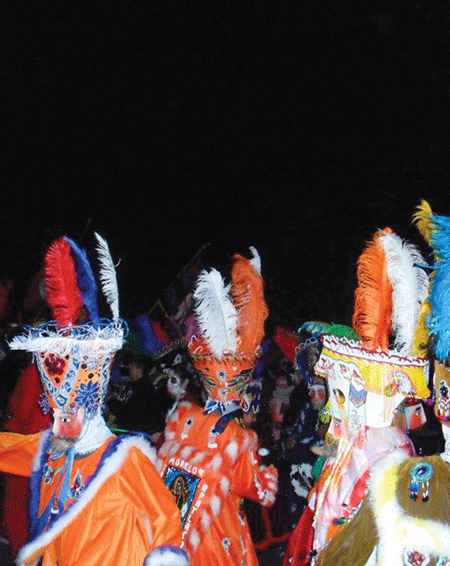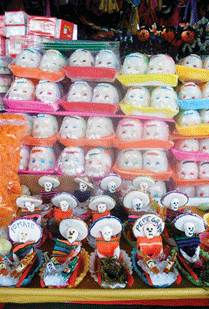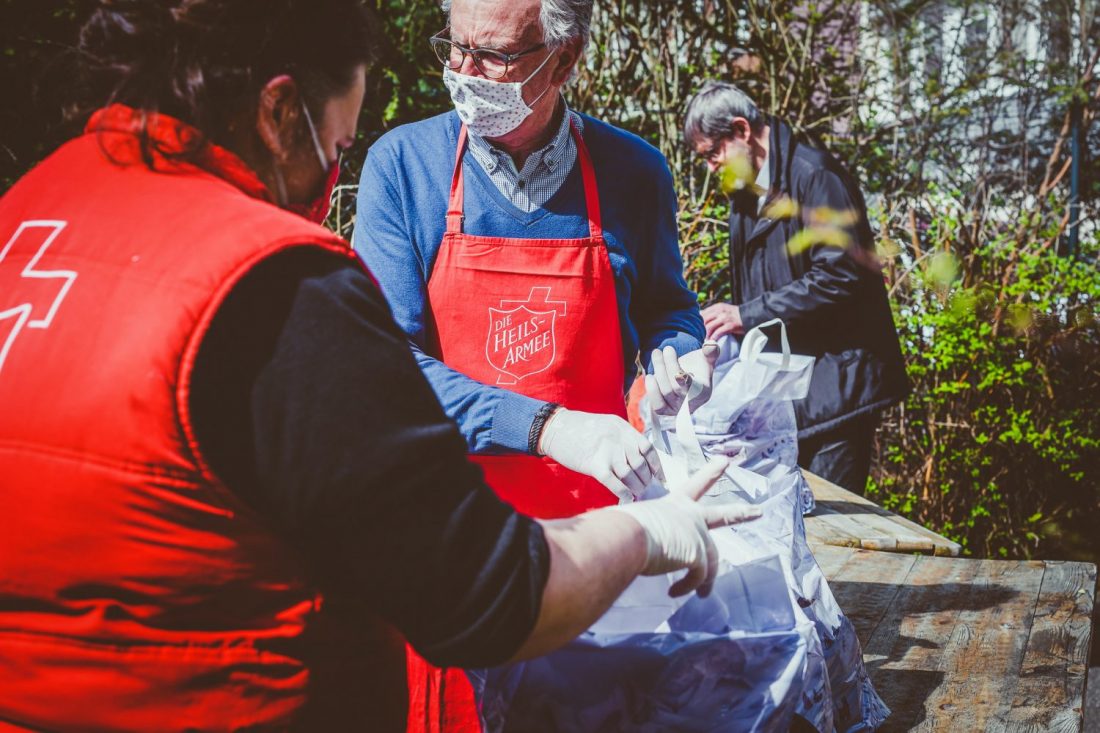
By Christine Manley
In America death is black, or preferably grey. It is a shadow in the corner of a dusty room, an unpleasant smell discretely ignored, a spell that casts us into a gloomy depression and awkwardness. It is the uncle we don’t talk about, the great injustice we avoid because we feel powerless to change it. Death is that elephant in the room; if we pretend it isn’t there perhaps it will leave.
In Mexico death is none of these things. It is golden, red, fiery. It is a zealous love affair, a fire that is danced around, the playmate taking a turn to swat at the piñata. And on this one certain day, death wildly dances about and the Mexican people can’t resist the fiesta, and they join in. On this Day of the Dead, past deaths and future life come crashing together into the present and suddenly there is context, and then sadness and joy mix together to make sweet, spicy chili tears.
Octavio Paz captures these ideas in a hypnotic essay about the Mexican culture:
The Mexican…is familiar with death, jokes about it, caresses it, sleeps with it, celebrates it; it is one of his favorite toys and his most steadfast love. True, there is perhaps as much fear in his attitude as in that of others, but at least death is not hidden away…rather than as the fruition or end of life, [it] is death as origin. The ancient, original source is the grave, not a womb.
These words ring true and deep within Mexico, and they are not beyond the tasting of our own senses. On this day in Oaxaca, Mexico, smiling skulls littered every corner, like flowers in spring, the very focus of each party. The golden-mustard “cempazuchitl” and blood-red “cresto de gallo” flowers coated each altar, laughing away any claim of morbidity. All types of grain, corns, beans, somehow captured death, life, growth, dust, in one single state. Cheery songs belted out by children seeking candy and money invaded every meal. Even in the cemetery, I couldn’t help but feel a strange warmth and peace as I walked amongst the tombstones.

Somehow this blatant festivity shakes all the dust off of death. With some help from Paz I feel able to really mourn, and with that mourning comes wild relief. We can stop whispering and shout out death’s name, relieving all the tension that comes from hiding, ignoring, remaining silent. I saw this in the eyes of the families that hovered around tombstones, drinking hot chocolate and laughing, celebrating with death. This one day, the Day of the Dead, not in spite of but because of facing death, was filled with relief.
Day of the Dead, a national holiday in
Mexico, is celebrated annually Nov. 1-2.










